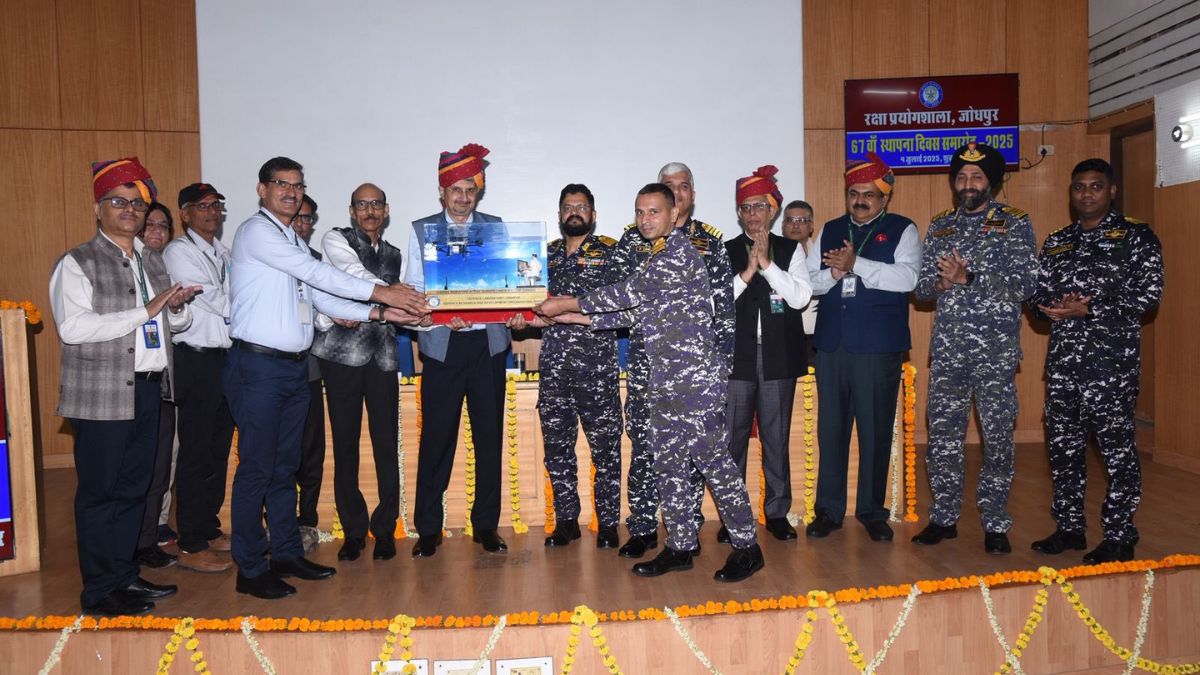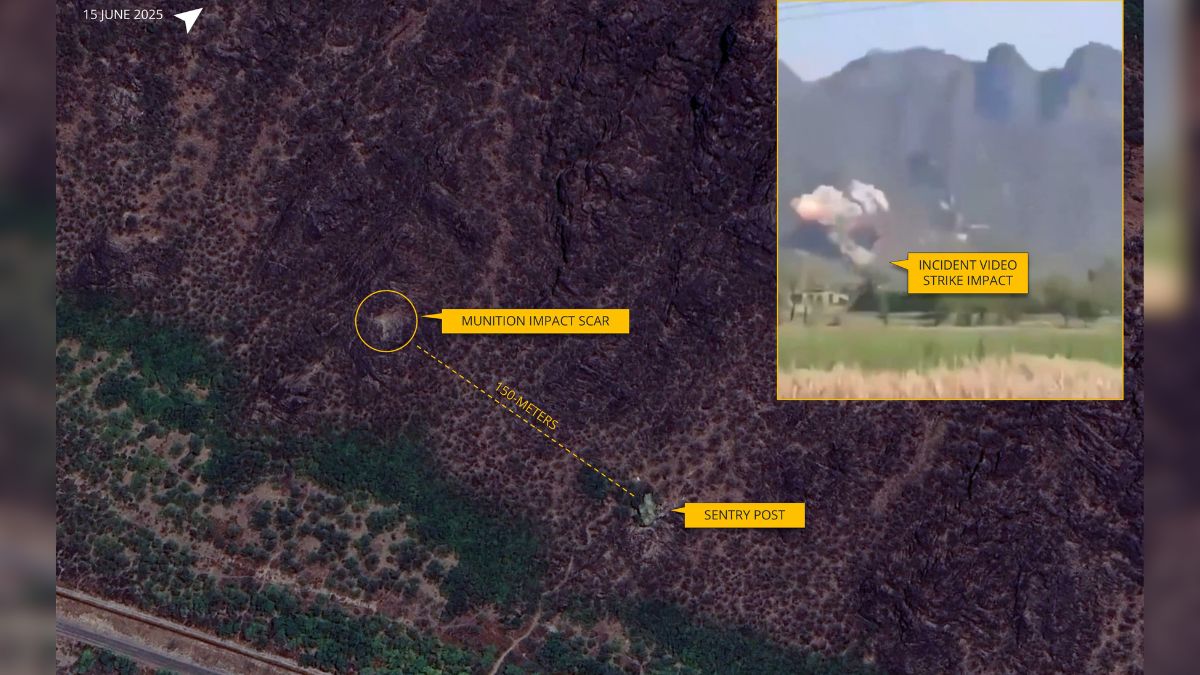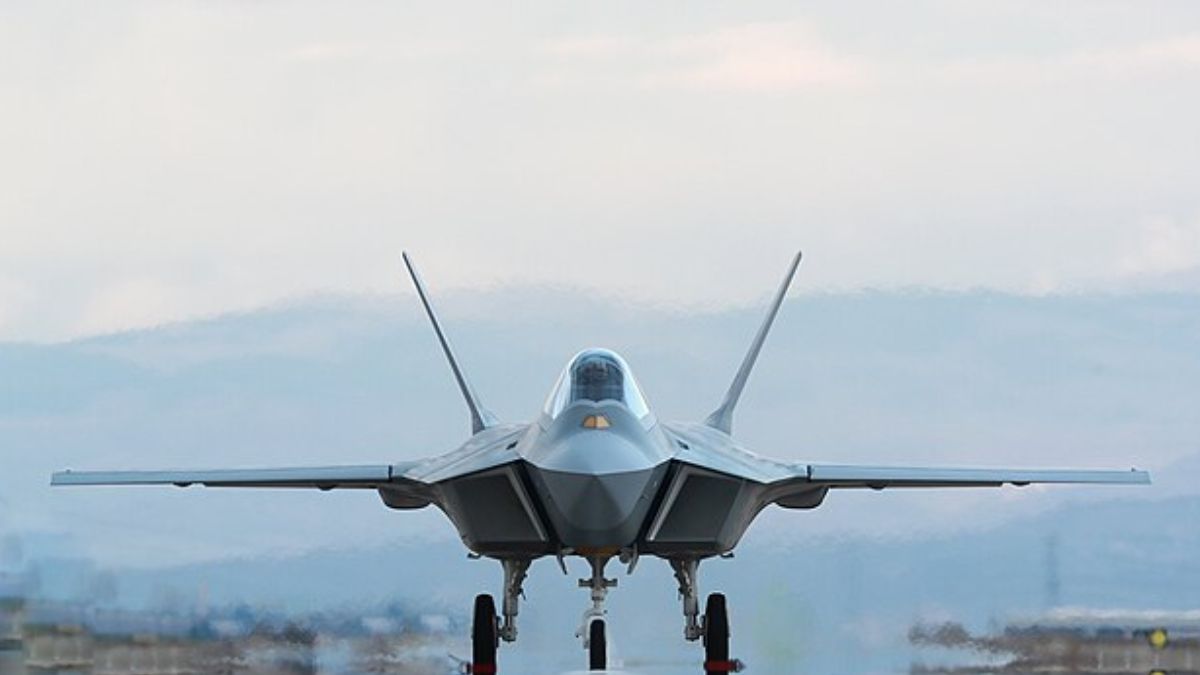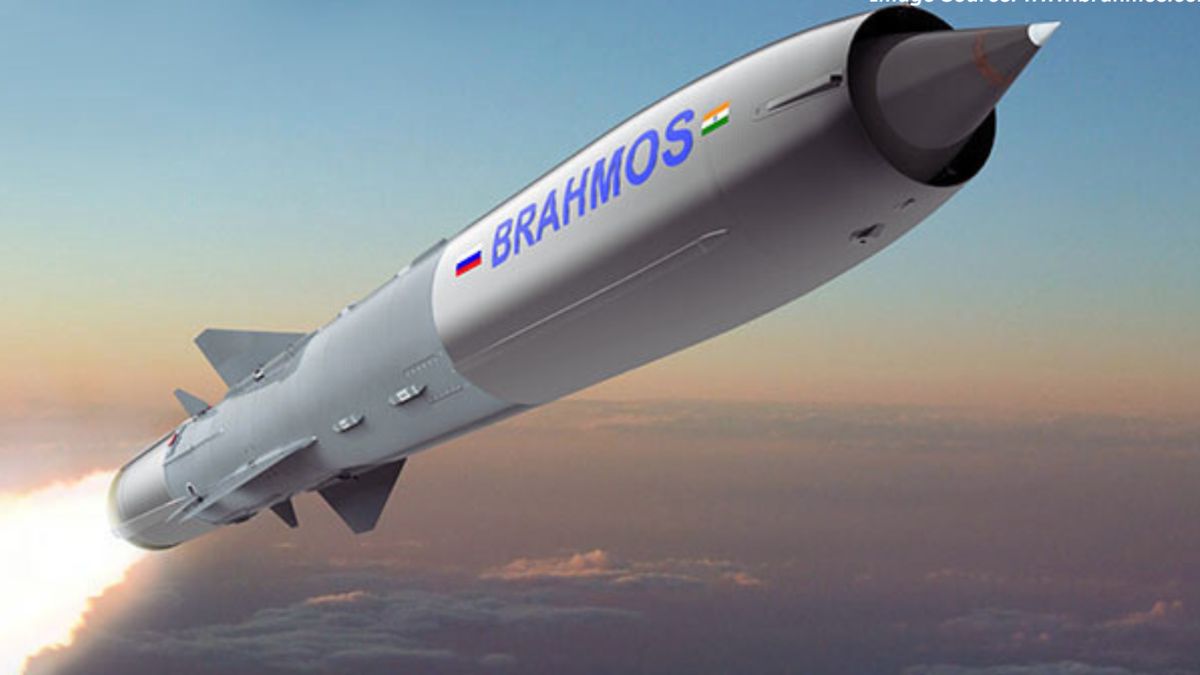DRDO Hands Indian Navy Six Indigenous Products For Better Radiological Monitoring

DRDO handed over six indigenous products to Indian Navy on Wednesday. Image courtesy: X.com/@DRDO_India
The Defence Research and Development Organisation (DRDO) has handed over six strategically significant, indigenously developed products to the Indian Navy in a ceremony held at the Defence Laboratory Jodhpur.
These products, designed to meet the Naval Staff Qualitative Requirements (NSQR), aim to strengthen the Navy’s capabilities in radiological, chemical, and biological monitoring, significantly enhancing operational preparedness in hazardous environments.
What are the key features of the systems handed to the Indian Navy?
Gamma Radiation Aerial Surveillance System (GRASS): GRASS is a lightweight gamma radiation detection module designed for aerial surveillance in nuclear-contaminated areas. The system can be integrated with unmanned aerial vehicles (UAVs) or drones, enabling rapid mapping and assessment of radiation zones from the air.
Environmental Surveillance Vehicle (ESV): Developed by DRDO’s Vehicles Research and Development Establishment (VRDE), ESV is designed for the rapid detection, identification, and monitoring of nuclear, biological, and chemical (NBC) contamination. Equipped with up to 23 detection systems, the ESV will allow the Navy to monitor environmental threats on land, ensuring real-time responses in hazardous areas.
Vehicle Radiological Contamination Monitoring System (VRCMS): VRCMS is designed to monitor radiological contamination on vehicles operating in nuclear-contaminated zones, ensuring the safety of personnel and preventing the spread of contamination.
Underwater Gamma Radiation Monitoring System (UGRMS): This another crucial addition, providing the ability to measure gamma radiation levels underwater. This system collects and transmits radiation data to a base station, supporting disaster management and emergency response efforts in ports and coastal zones.
Dirt Extractor and Cross Contamination Monitor (DECCOM): DECCOM is designed to minimize the risk of cross-contamination, particularly from radioactive, biological, or chemical hazards. This system extracts and analyses contaminants from footwear to prevent unintended transfer of hazardous materials.
The Organ Radioactivity Detection System (ORDS): ORDS is designed to detect and monitor radioactivity levels in human organs. It is particularly useful in scenarios involving nuclear or radiological exposure, enabling rapid medical assessment of personnel or casualties.
The partnership between DRDO and the Indian Navy continues to enhance India’s defence infrastructure, driving forward self-reliance and operational readiness.







